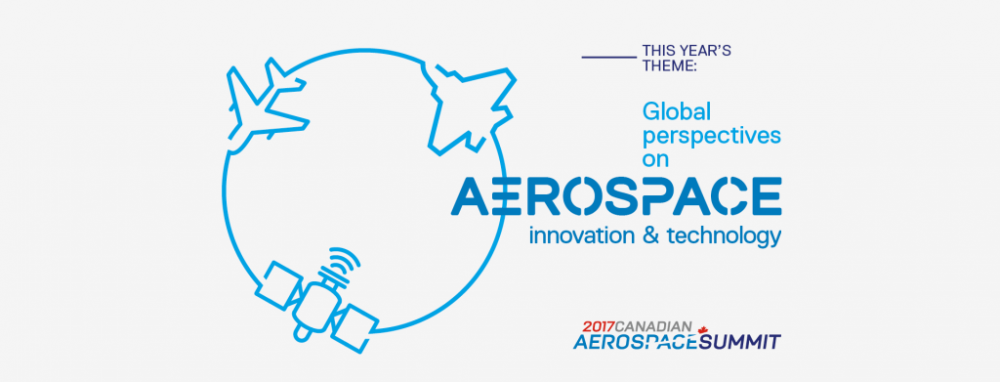Jim Quick, President and CEO of the Aerospace Industries Association of Canada (AIAC), kicked off this year’s summit by highlighting the importance of a global aerospace discussion. Although the AIAC is a Canadian organization, Quick emphasized that the event has enabled them to bring together Canadian and International perspectives to achieve this objective. As one of the presenters so eloquently said, the Aerospace Summit is a “venue to exchange ideas and provoke thought.” Here are three thought-provoking insights we took away.
Technology Innovation is Dependent on Culture
On the Small Business panel, contextereCEO, Gabe Batstone, highlighted the importance culture plays in technology innovation and adoption. More specifically, Batstone explained that three things have recently changed in this regard: politics, pace, and partners. Firstly, politicians are becoming increasingly involved in the Aerospace and Defense sectors, creating a different dynamic in the industry. Secondly, the pace of technology innovation has significantly increased, which brings us to the third element, partners. Because of the increase in pace, companies can no longer do everything themselves, the need for partnerships and collaborations to address market conditions has become a cornerstone of innovation and success. As such, companies require a cultural shift to be in a position to act on and adopt these changes. This was echoed by Major General Robert E. Wheeler. In his discussion about cyber security, he explained that it’s not just about breach prevention and compliance. Companies require good leadership and a culture change to be more efficient, effective, and use cyber security as a competitive edge.
The Answer Isn’t More Data
In a world that has commoditized data, there has been a recent shift in perception that more data isn’t the answer. According to Major General Wheeler, people don’t want more types of data and sensors. Instead, they want the ability to access data that’s already being collected. This is where big data analytics and artificial intelligence can be harnessed. By leveraging these technologies, we’ll be able to better understand data. Ken Peterman, President of Government Systems at ViaSat Inc., explains that this will, in turn, enable companies to create new business models. For example, Peterman described how ViaSat is using their in-depth knowledge of customer performance to provide credits where appropriate.
Public and Private Sectors Should Collaborate
Regarding technology innovation, the private sector has long surpassed the government in its capabilities. Where the government and defense sector historically made significant investments in developing new technology, they’re no longer able to keep pace with the private sector. Partnership and collaboration between the two sectors could, for example, greatly help our troops stay more connected in remote areas.
What’s more, from a cybersecurity perspective, Major General Wheeler explained that having two points of access (public and private) can compromise security. Both state and non-state actors are already playing a part in cyber security and should consider collaborating to create one point of access and increase security. Ultimately, promoting a culture of collaboration across sectors will create a win-win dynamic.
Overall Take Away
In a world where everything and everyone is connected, the importance of shedding our individualistic tendencies is becoming increasingly important. Collaboration and partnership have become cornerstones to innovation. And, as a result, these are key to remaining competitive.
[contact-form-7 404 "Not Found"]
